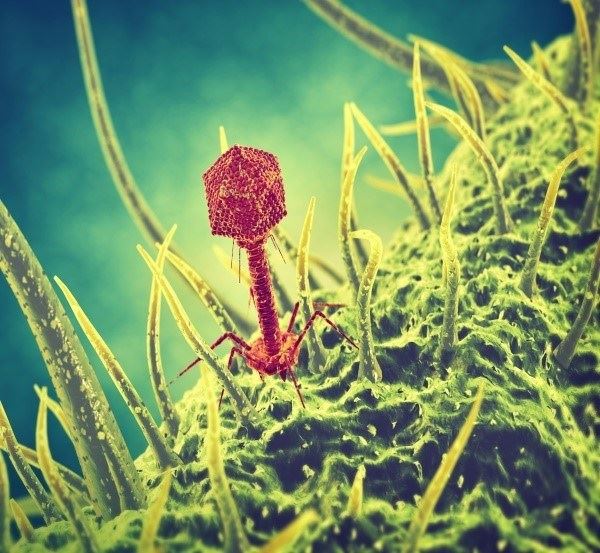Microbiology
Overview of Microbiology
Microbiology is one of the branches of biology. It is a science that studies the life activities of various micro-organisms at the molecular, cellular or population level, such as morphological structure, growth and reproduction, physiological metabolism, genetic variation, ecological distribution and taxonomic evolution. Microbiology is widely used in industrial fermentation, medical hygiene and bioengineering.
History of Microbiology

Since ancient times, human beings have been aware of the life activities of microorganisms and their roles in daily life and production practice. In 1796, the British invented the vaccinia vaccine, which laid the foundation for the development of immunology. In the 17th century, Leeuwenhoek used a self-made simple microscope to observe dental scales, rainwater, well water and plant extracts, and found that many "tiny animals" were active, and scientifically recorded the different forms of bacteria. Italian botanist P. A. Mikely also observed fungal morphology with a simple microscope. The study of microbiology has entered the physiological stage since the 1960s. The study of microbial physiology by French scientist Pasteur laid the foundation for modern microbiology. In this stage, the establishment of microbial operation technology and research methods is a unique symbol of the development of microbiology. Since the 20th century, the infiltration of Biochemistry and Biophysics into microbiology, coupled with the invention of electron microscopy and the application of isotope tracer atoms, has promoted the development of microbiology to the stage of biochemistry.
Some progress has been made in gene recombination of prokaryotes. Insulin has been fermented by gene-transferred Escherichia coli and interferon has been produced by bacteria. It shows that modern microbiology research has developed to the molecular level.
Modern Development
Microbiology develops in two directions, applied microbiology and basic microbiology. In application, the research on human diseases and body defense function has promoted the development of medical microbiology and immunology. The discovery of penicillin (Fleming, 1929) and Waksman's research on actinomycetes in soil have led to the emergence of antibiotic science, which is an important field of industrial microbiology.
Environmental microbiology is developed on the basis of soil microbiology. The application of microorganisms in agriculture makes agricultural microbiology and Veterinary Microbiology important applied disciplines. The study of biochemistry, genetics and variation has led to the birth of microbial genetics. Microbial ecology also formed an independent discipline in the 1960s. Since the 1980s, the research on microorganisms has developed rapidly at the molecular level, and molecular microbiology has emerged as the times require. Modern clinical microbiology is an interdisciplinary subject which combines clinical medicine, basic medicine and preventive medicine. It is also an important and mature specialty in laboratory medicine.
Research Hotspots
With the development of modern microbiology, the research of applied microorganism has appeared a lot of hot spots related to biotechnology. The research of new microbial fertilizers is one of the microbial research hotspots. The development trend of microbial fertilizer is to replace single strain with mixed strain and play multiple functions. In addition, new microbial pesticides are widely used in agricultural production. They are safe, non-toxic to human and livestock, and do not pollute the environment or destroy the ecological balance, and have significant social and ecological benefits.
Feed microbiology has developed into an important branch of animal husbandry and feed science. At present, the research and application of feed microbiology focuses on improving the utilization rate of existing feed resources, developing new feed additives, and solving the environmental pollution problems of feed-related industries.
Environmental microbial technology will become a new direction of biotechnology development in this century. Environmental bioengineering and its industry, represented by high-efficiency microbial degradation technology, are considered as a new growth point in the development of science, technology and economy in the next decade.
References:
- Nitesh RA, Ludwig W, Schleifer KH. Phylogenetic identification and in situ detection of individual microbial cells without cultivation. Microbiological Reviews. 2011, 59 (1): 143–169.
- Drews G. Ferdinand Cohn, among the Founder of Microbiology. ASM News. 1999, 65 (8): 547.
- Corliss, John O. Three Centuries of Protozoology: A Brief Tribute to its Founding Father, A. van Leeuwenhoek of Delft. The Journal of Protozoology. 1975, 22 (1): 3–7.
- Gest H., The remarkable vision of Robert Hooke (1635–1703): first observer of the microbial world. Perspect. Biol. Med. 2005, 48 (2): 266–72.